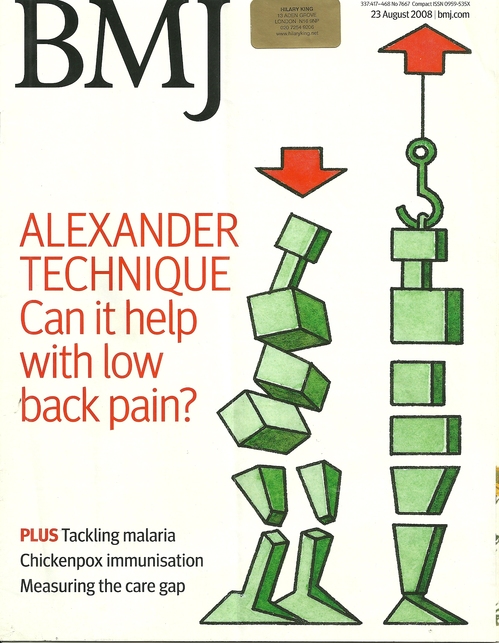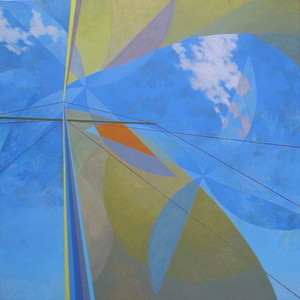How do you use your mobile phone?
I’m not talking about which button you press… Rather, do you think of applying the Alexander Technique to the way you use yourself when using your mobile? Watch other people using a phone, it can be an eye-opener. You may well see habits that you can recognise as being similar to your own, so that you can learn from them about your own use (and mis-use).
The phone between shoulder and ear
The most exaggerated way of mis-using yourself when phoning, is to clamp the phone between your ear and your shoulder whilst you continue another activity with your hands free. With this habit, it is usually the same shoulder that always gets scrunched up. Just think about what happens to your neck, as you continually compress down on one side of the vertebrae. Neck and shoulder pains will soon be on their way, if they are not with you yet, unless you stop this habit.
Making a ‘private’ space with our body
Another common form of mis-use, often seen in busy open plan offices and noisy public places, is to thrust the neck forwards, curling in and downwards whilst talking, in an attempt to gain some sense of privacy. This is a particularly frequent form of mis-use seen in mobile phone users. This cannot create the private space we would like but it does create tension and problems in the neck, shoulder and upper torso. These become very tight, stiff and pulled down into a forward curve as we box ourselves in, often resulting in back and shoulder pain as a result of developing a pronounced kyphosis.
Our sensory appreciation is often faulty, so we can be unaware of such habits of mis-use, even when we are conscientious about applying the Alexander Technique in other areas of our life.
Habits
One young woman realised that this habit was so strong that it felt impossible for her to use her left hand and ear during a phone call, even though her hearing functioned perfectly well in both ears. Now that’s a strong habit that was purely built around her perceptions. However, once aware of her pattern, the young woman could begin to let go of it and work to improve her use, both during Alexander lessons and during her phone calls.
This sort of habit is a good example of how our thoughts and attitudes
get played out in our bodies, illustrating the way the body and mind
interact and work as one.

